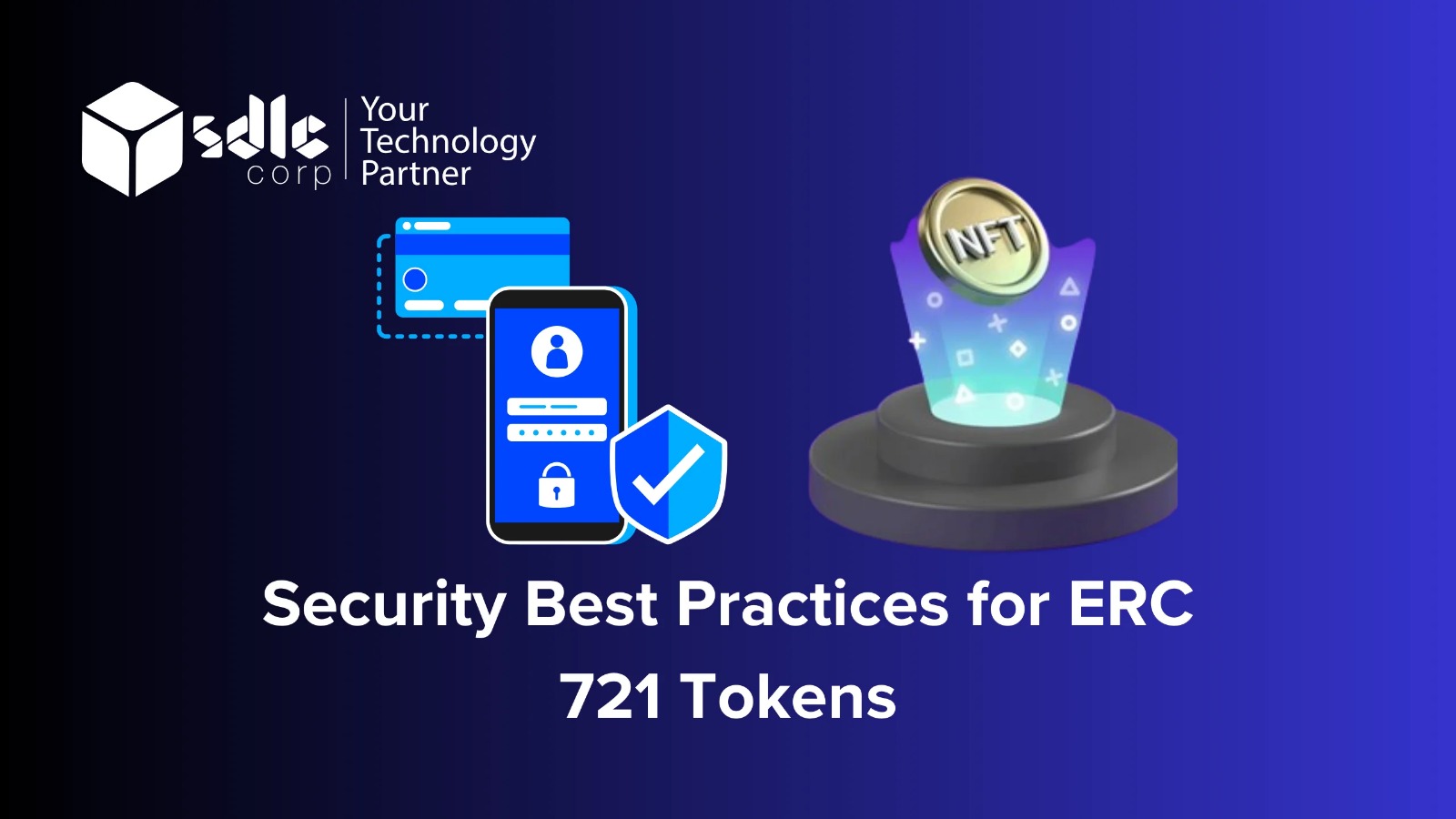Non-fungible tokens (NFTs) have taken the world by storm, with ERC-721 tokens being the standard for creating unique digital assets on the Ethereum blockchain. These tokens power digital art, virtual real estate, gaming assets, and more. However, with this innovation comes security risks that can compromise both the creators and owners of NFTs.
Ensuring the safety of ERC-721 tokens is crucial to prevent fraud, theft, and technical vulnerabilities. This article outlines the best security practices for ERC-721 tokens, making it easy for developers, investors, and collectors to protect their assets from potential threats.
1. Implement Secure Smart Contracts
Smart contracts are the backbone of ERC-721 tokens, and their security must be a top priority. Poorly written code can expose tokens to hacking attempts and financial losses.
- Use well-audited smart contract libraries such as OpenZeppelin to minimize vulnerabilities.
- Follow best practices in Solidity programming, including avoiding reentrancy attacks.
- Keep the contract code simple to reduce potential security loopholes.
Before deploying a contract, extensive testing and professional audits can help identify and fix any weaknesses.
2. Conduct Regular Security Audits
Security audits are essential for identifying vulnerabilities in smart contracts before they go live.
- Engage third-party audit firms that specialize in blockchain security.
- Perform manual code reviews and automated tests to detect flaws.
- Address all vulnerabilities before making the contract public.
Without audits, even minor mistakes in the contract could lead to massive financial losses.
3. Use Multi-Signature Wallets for NFT Storage
A single point of failure can be disastrous in the world of NFTs. Using multi-signature (multi-sig) wallets enhances security by requiring multiple approvals before transactions are executed.
- Store high-value ERC-721 tokens in multi-sig wallets like Gnosis Safe.
- Ensure different keys are held by trusted individuals to prevent unauthorized transfers.
- Use hardware wallets for additional protection against cyber threats.
This approach minimizes risks from phishing attacks, unauthorized access, or single-key compromises.
4. Avoid Hardcoded Private Keys in Smart Contracts
Developers must never hardcode private keys in smart contracts. Doing so can expose sensitive data, leading to stolen assets.
- Store private keys securely using encrypted wallets or secret management services.
- Utilize environment variables instead of embedding keys in the contract.
- Implement access control measures to prevent unauthorized usage.
Keeping private keys safe ensures that only authorized users can access the contract’s functions.
5. Implement Access Control and Role Management
Not every function within a smart contract should be accessible to all users. Proper role management ensures that only authorized accounts can perform critical actions.
- Use modifier functions to restrict access to sensitive operations.
- Grant administrative privileges carefully, using role-based access controls.
- Implement time-locked transactions for security-sensitive actions.
Access control mechanisms protect against accidental or malicious contract modifications.
6. Prevent Reentrancy Attacks
A reentrancy attack occurs when a malicious contract repeatedly calls a function before the previous transaction is completed. This can drain funds from a contract.
- Follow the Checks-Effects-Interactions pattern in Solidity.
- Use reentrancy guards (such as
ReentrancyGuard.solfrom OpenZeppelin). - Ensure external calls happen after internal state updates.
By structuring smart contracts properly, developers can prevent hackers from exploiting loopholes.
7. Enable Pause Functionality for Emergency Situations
A pausable contract allows developers to temporarily halt transactions in case of an attack or vulnerability.
- Implement a pause function using OpenZeppelin’s
Pausable.sol. - Restrict pause functionality to trusted administrators only.
- Notify users in advance before pausing operations.
This feature acts as a failsafe mechanism in case of unexpected threats.
8. Be Wary of Front-Running Attacks
Front-running is a situation where attackers manipulate transaction order to gain an unfair advantage.
- Use commit-reveal schemes to prevent preemptive attacks.
- Implement randomized transaction delays to avoid predictable transaction patterns.
- Consider off-chain signing mechanisms to prevent attackers from exploiting pending transactions.
Minimizing front-running risks ensures fair execution of transactions.
9. Ensure Safe NFT Marketplace Interactions
Many ERC-721 tokens are bought and sold on marketplaces, but not all platforms are equally secure.
- Verify that the NFT marketplace is reputable before listing tokens.
- Use secure wallet connections when approving transactions.
- Regularly review token approvals and revoke unnecessary permissions.
Some fraudulent marketplaces trick users into signing malicious transactions, leading to token theft.
10. Educate Users on NFT Security Best Practices
Developers and project teams must educate users on how to protect their ERC-721 tokens.
- Encourage the use of hardware wallets for NFT storage.
- Warn against phishing scams and suspicious links.
- Guide users on safe trading and wallet management practices.
A well-informed community is the first line of defense against security threats.
Conclusion
The security of ERC-721 tokens is not just the responsibility of developers but also of users and marketplaces. By implementing secure smart contracts, conducting regular audits, managing access controls, and using safe storage practices, the risk of exploits can be significantly reduced.
Beyond security, a well-structured tokenomics design plays a vital role in ensuring the long-term success and sustainability of NFTs. Proper economic models, utility frameworks, and governance mechanisms help create value and engagement within NFT ecosystems.
For businesses looking to build secure and scalable NFT projects, investing in crypto token development services ensures a robust foundation, integrating security best practices with efficient token models. With proactive measures, the NFT space can evolve into a safer and more sustainable digital asset market.
















